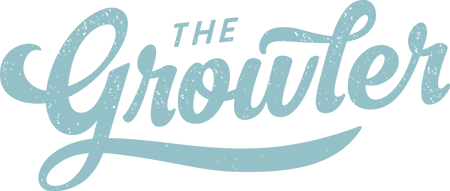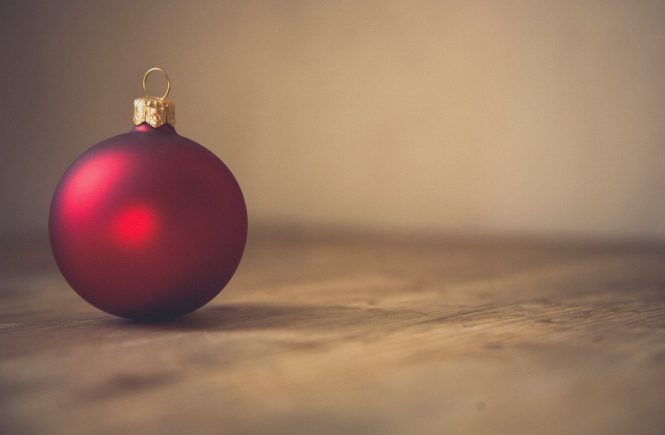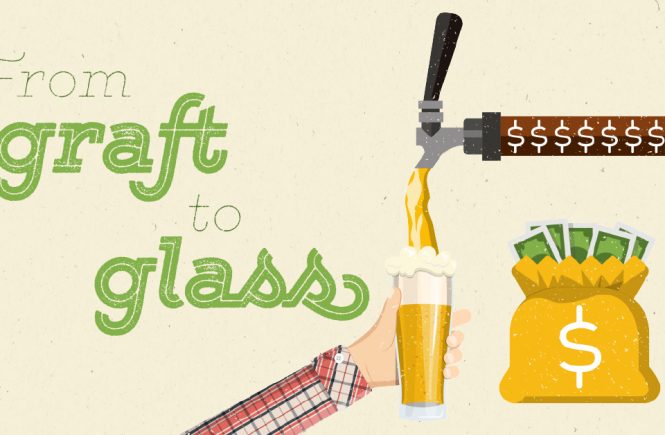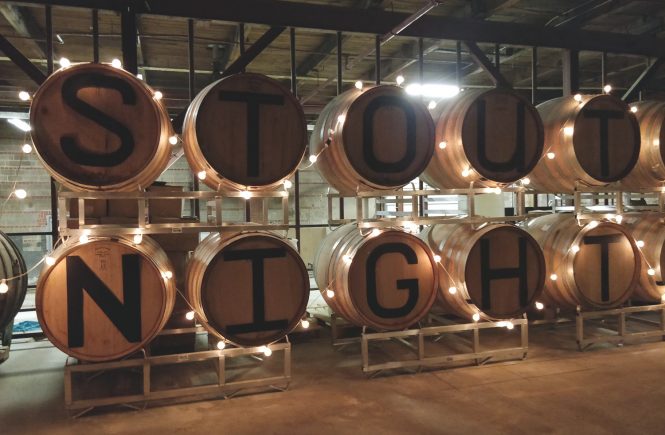How two Ontario breweries launched ready-to-drink brands their way

The Birth of Great Lakes Spirits
When the pandemic hit last spring, Great Lakes Brewery (GLB) decided to collect all of the full kegs they had in the market and replace them with fresh beer once bars and restaurants reopened. But with over 15,000 litres of beer about to go to waste, GLB President Peter Bulut Jr. decided to buy something he’d always wanted, but now needed, a still.
Bulut wanted to honour the dream of his late father, Peter Bulut Sr., who founded GLB and had always dreamed of going into the spirits business. Now it finally made sense, by procuring a still, the brewery could transform all of the spent beer into hand sanitizer. They could also apply for the licensing to make and sell spirits. There was just one problem, there was no one on the team to head up the new operation.
For eight years, Matt Bod was the brewer and bar manager at Bar Hop, a hip Toronto beer bar with three locations. Laid off in the first week of lockdown, he spent five long weeks at home feeling restless. So, he knocked on the door of his landlord, Mike Lackey, who is the Head Brewer at GLB and asked if he needed help loading boxes on the canning line. Lackey came back with a different role, Distiller.
So Bod got to work, starting with hand sanitizer: “It was an awesome chance to learn a new skill set in the craziest year ever,” he said, “I had five weeks to learn how to distill with no pressure. Making hand sanitizer is really, really easy because you don’t care what it tastes like, all you have to do is make sure not to blow anything up and you’re good to go.”
Zero explosions and 2,500 bottles of sanitizer later, Bod started digging into gin. Rather than a juniper-forward, London style gin, he opted for a bright, citrusy spirit made with lemon, lime and orange zest, all food waste products, plus fruity and spicy pink peppercorns, sarsaparilla and a handful of other ingredients.
The next step was crafting a ready-to-drink (RTD) cocktail that fit with the GLB brand.
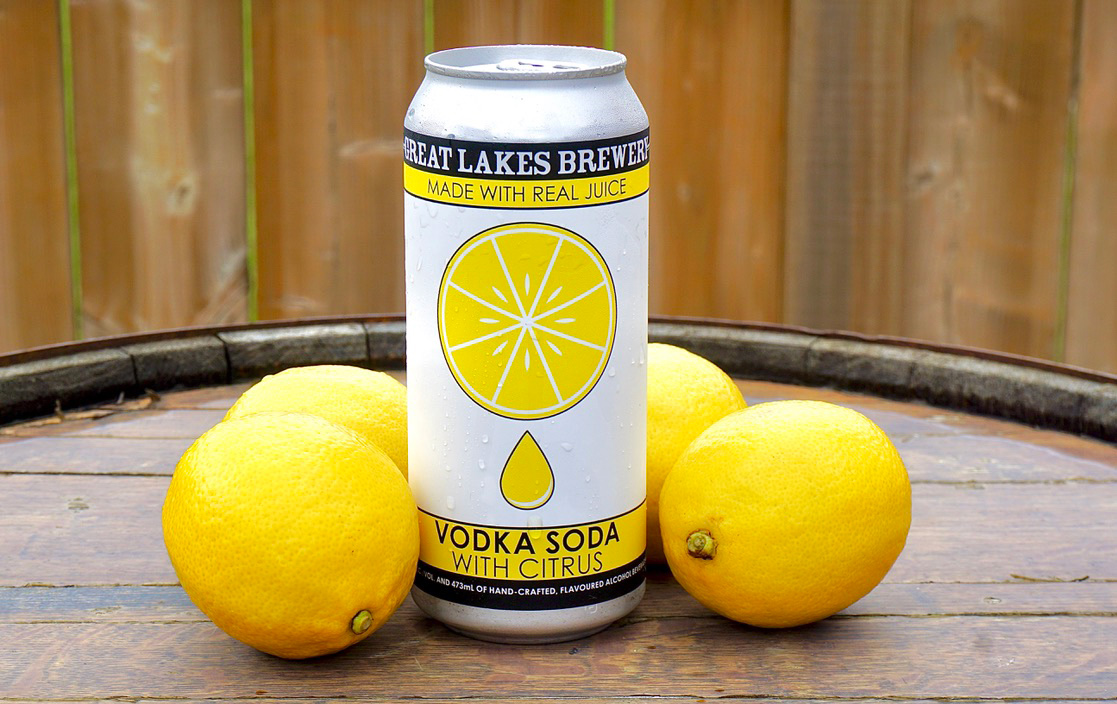
“We tasted a bunch of the popular ones on the market, they had that artificial taste to them, even if it says natural flavours, like mango, there’s no way an actual mango ever went near the drink,” says Bod. Troy Burtch, GLB’s Director of Marketing adds, “We don’t skimp on ingredients and processes when it comes to Canuck, so we used that same ethos with our spirits and RTDs.”
Instead of the crystal clear fizzy RTDs that drink like a La Croix, GLB’s versions are cloudy, full-flavoured and more complex. Made with gin or vodka, they come in citrus or key lime flavours with rotating seasonals like strawberry and hover around 130 calories. They’re also venturing into seltzer with a tropical-inspired tipple coming out this spring.
The response has been positive, regulars are grabbing a couple of RTDs along with their beer and the Vodka Soda with Citrus has been picked up by the LCBO.
So what’s the long-term goal for GLB? “We want to have fun and do it well,” said Burtch, “We have so many events in the summer and having seltzer, hard soda and beer on hand provides so many options for drinkers.”
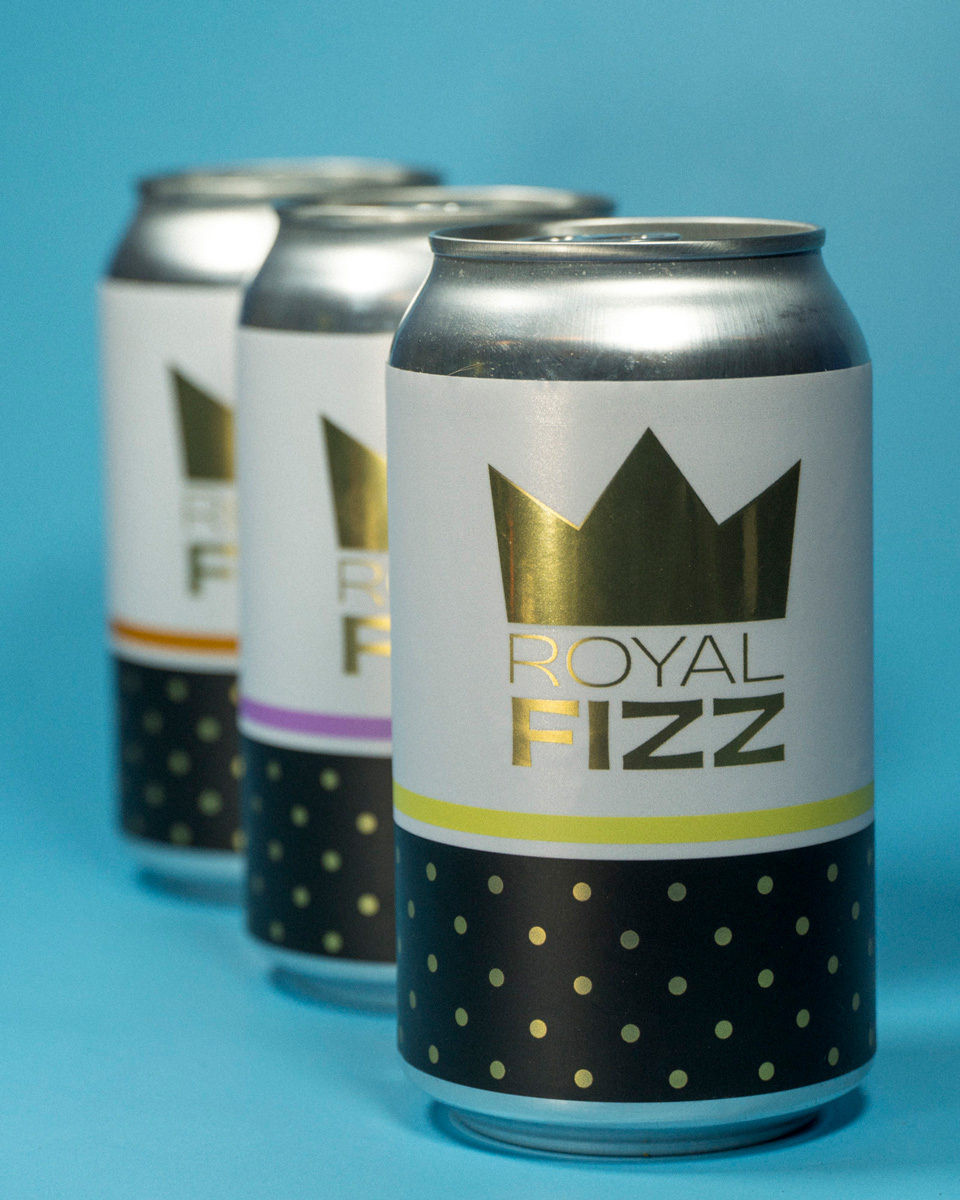
Mad Science Seltzer at Indie Alehouse
One of the main reasons breweries are venturing into the hard seltzer market is because it’s a fermented beverage and the process is a lot like brewing, so there’s no need for extra licensing or equipment. Developing a new product takes a lot of time, which is something Indie Ale House owner Jason Fischer knew he’d have on his hands last March. Along with a production brewery and the flagship Junction brewpub, Indie also runs a small brewery within Toronto’s Eataly marketplace. Sitting in on meetings with the Eataly team, a large operation with stores worldwide, Fischer gleaned the insight that COVID-19 was here for a while, not just the four-to-six-week lockdown that was projected.
So while the Eataly team discussed changes in selling beer and wine to-go and new product ideas, Fischer started talking with the brewers. “We started to think about what would work on the patio,” he says, “we don’t have a distillery so it kind of shaped our options and we came up with a seltzer.”
Inspired by Italian soda flavours and with access to premium ingredient suppliers through Eataly, Fischer started to experiment. “Part of last year was me doing the mad scientist thing alone in the basement of Eataly for three months, making little tinctures and flavours and teas and using roots and all sorts of weird things,” said Fischer, “at one point there was 100 different coloured jars in the fridge.”
Indie’s Junction location got a sidewalk patio last summer thanks to the CafeTO program, and without a ton of fresh kegged beer on hand, they tried out a 6.5% ABV Cherry Vanilla Seltzer and served it over ice. It sold out quickly on draught, but the canned version did not hit the standard Indie was aiming for, so they spent the fall and winter refining the process and experimenting with flavour.
“We could make a seltzer that’s fake, cheap, easy and try to make money, which is something we desperately need with COVID, but that’s not a fit for us,” Fischer says, “So we’re going to try and make a higher end, better version and still keep it cheap, so we can reach people who didn’t have us on their radar, but they try it and decide to spend their money on it rather than on a clear, artificial product.”
After so much trial and error, Royal Fizz Italian Bitter Orange Seltzer, which is made with amaro herbs and roots, is launching this spring at Indie and Eataly. Dry, spritzy and complex, it balances bitter herbal notes against citrus flavours, and it’s delicious. Meanwhile all that tinkering in Eataly’s basement has led to more flavours being developed—watch for a red berry and amaretto mix and a dry lemon seltzer this summer.
Hard Seltzer or Hard Soda?
It’s easy to confuse these two beverages, but GLB’s Matt Bod explains the difference:
“A seltzer is made up of fermented sugars without any grain or hops, and it’s made in the same basic process as beer,” explains Bod. “Put the sugar into the kettle, heat it up, chill it, send it to a tank and pitch yeast.”
“Hard sodas start by making the spirit, then blending it with juice and soda water made in-house,” added Bod, “It’s not that different from getting a mixed drink at a bar.”
